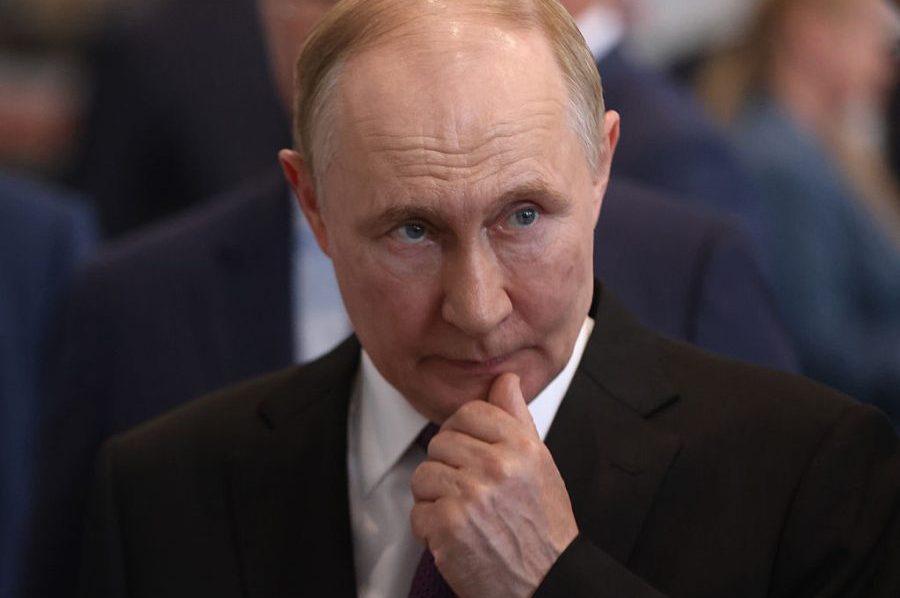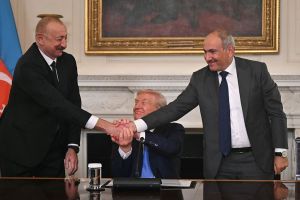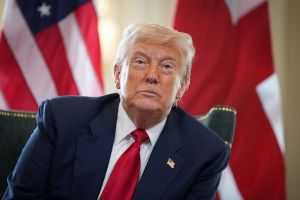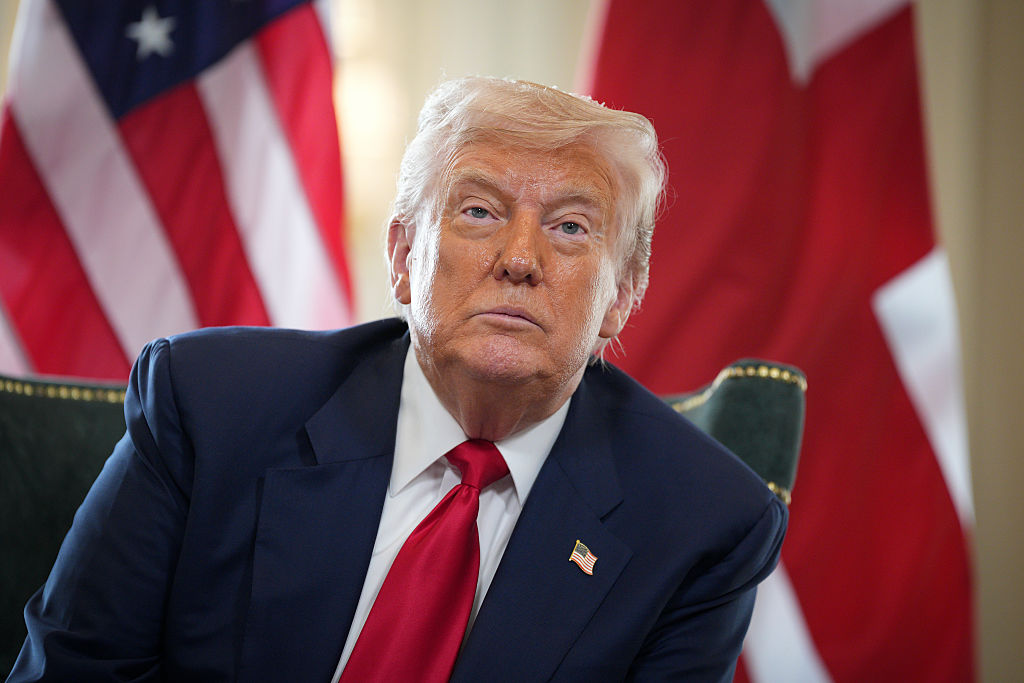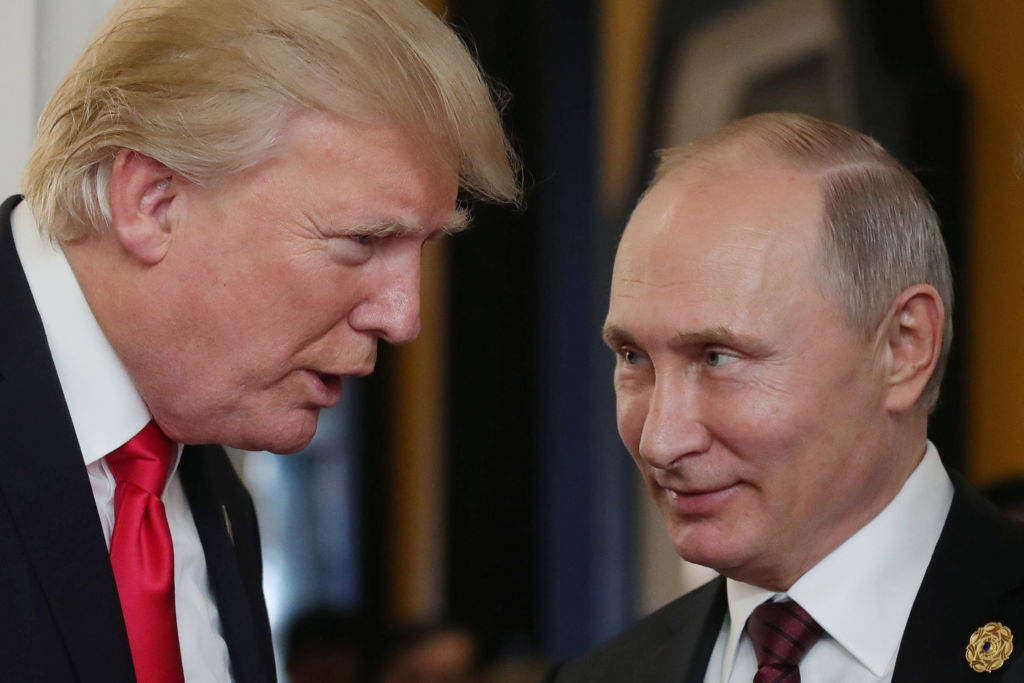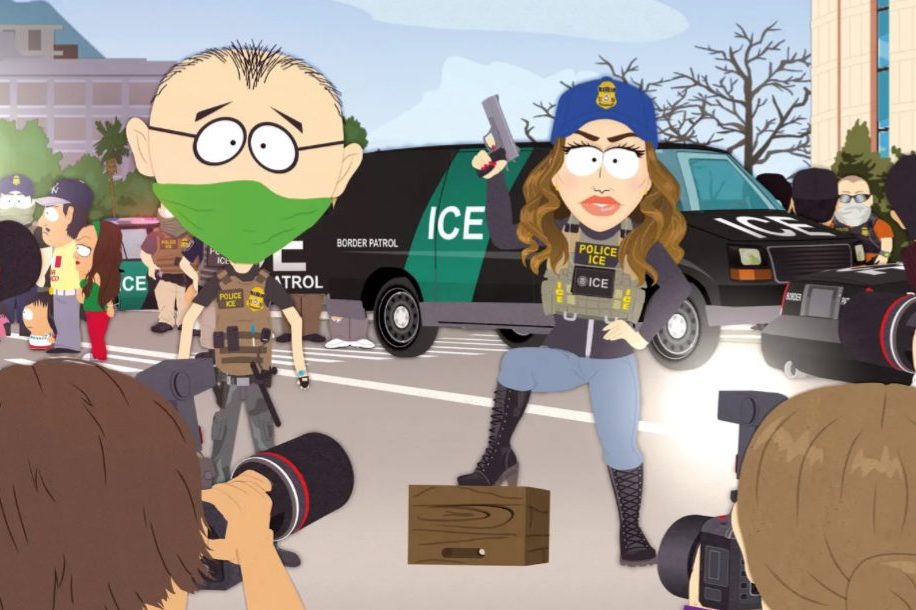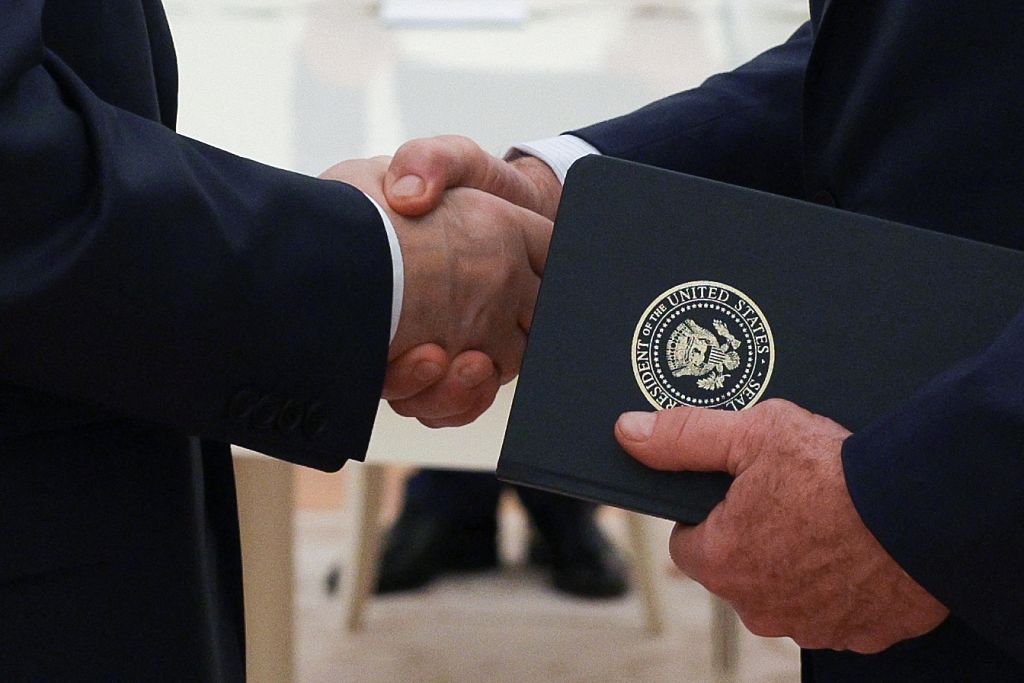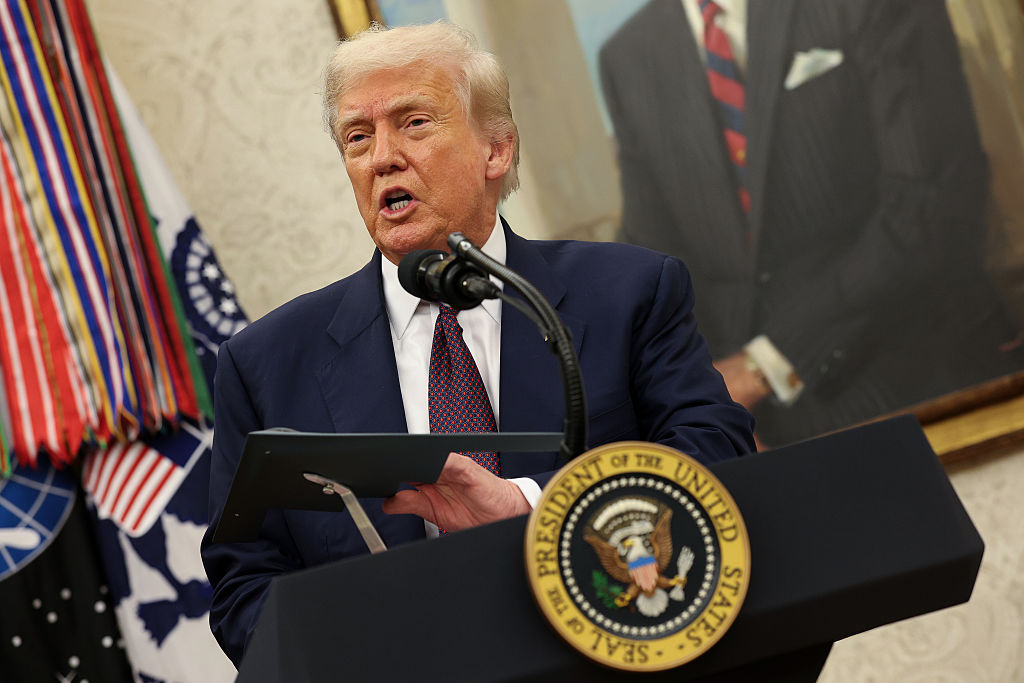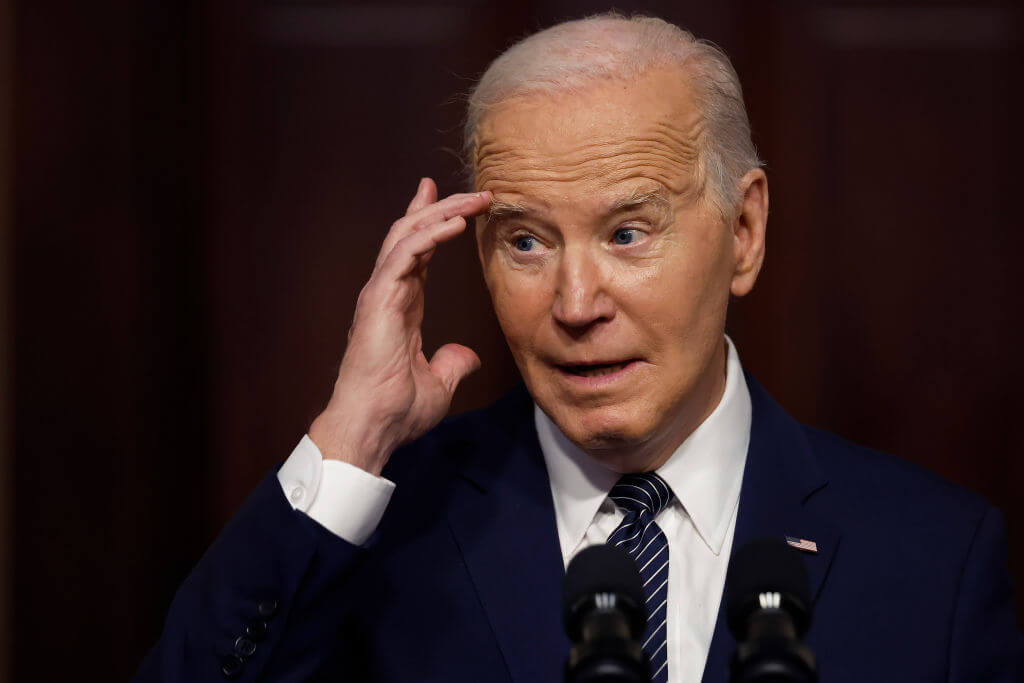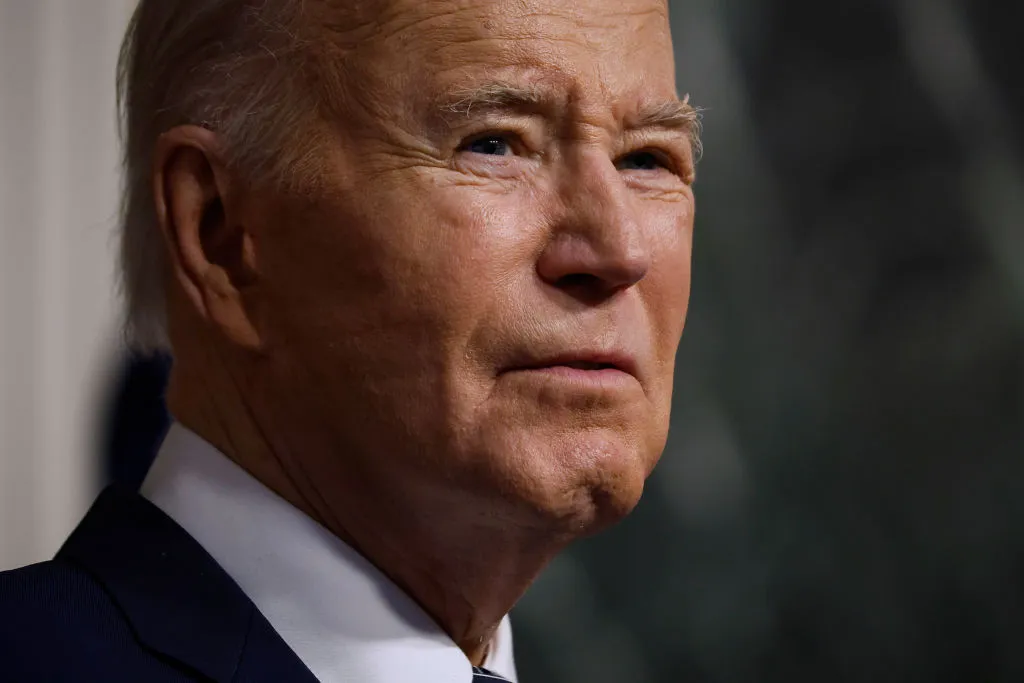With just a day to go until the expiry of his ultimatum to Vladimir Putin to halt the war on Ukraine or face dire consequences, Donald Trump has once more reset the clock. Trump intends to meet in person with President Vladimir Putin of Russia as soon as next week, the New York Times has reported. That summit will be followed by a second, trilateral meeting including Trump, Putin and President Volodymyr Zelensky of Ukraine, Trump reportedly told top European leaders in a conference call on Wednesday night.
The announcement came after Trump’s envoy, real state developer Steve Witkoff, met Putin for three hours of talks at the Kremlin. Trump wrote on social media that he had “updated some of our European Allies” about the Witkoff talks. “Everyone agrees this War must come to a close, and we will work towards that in the days and weeks to come.”
A week before, Trump had professed himself “disappointed” with Putin’s continuous broken promises and moved up a previous 50-day deadline for the Kremlin to cease fire to just eight days – an ultimatum due to expire this Friday. And just hours before he hinted that he was ready for direct talks with Putin, Trump followed through on a threat to impose secondary sanctions on countries which imported Russian oil. “India… doesn’t care how many people in Ukraine are being killed by the Russian War Machine,” Trump said before announcing a 25 per cent tariff on Indian exports to the US due to begin in 21 days. Whether Trump will now actually impose those tariffs in light of his new plan to open talks with Putin is unclear.
Trump has offered a quick route to the end of the war. The bad news is that it’s likely to be on Putin’s terms.
Trump, famously, considers himself a master of the art of the deal. He favours high-profile, face-to-face summit meetings with world leaders, whether friend or foe. In 2018 he met Putin in Helsinki for a long meeting that cosplayed the high-stakes summits between Ronald Reagan and Mikhail Gorbachev that laid the groundwork for the end of the Cold War. But no deals resulted from that Trump-Putin summit, despite the fact that Putin was at the time already illegally occupying Crimea and his proxies controlled parts of eastern Ukraine. Instead, the main soundbite was Trump appearing to side with Putin over his own intelligence establishment on the subject of Russian interference in the 2016 US elections.
“No prior president has ever abased himself more abjectly before a tyrant,” wrote the late Republican Senator John McCain, decrying Trump’s toadying to Putin as a “disgraceful performance”.
This time, the stakes for a Trump-Putin summit will be much higher. People are dying every day, Russian troops are relentlessly advancing, and Ukraine faces critical shortages of air defence missiles and military manpower. Trump has repeatedly vowed to bring an end to the conflict in Ukraine, and has made several threats to impose devastating sanctions on Moscow’s oil and gas clients if Putin does not comply. The pressure will be on for Trump to actually persuade, cajole or force Putin to stop his air and ground offensives in Ukraine.
It’s significant that Europe will be completely sidelined from the proposed talks. Clearly, Trump expects to present whatever he agrees with Putin to the rest of the world as a fait accompli.
But in one important sense, direct talks between Washington and Moscow will break a deadlock. Putin has resisted being seen to bow before US pressure. At the same time, the full-scale sanctions threatened by Trump would wreak chaos on the world economy by removing the 10 per cent of the world’s oil supply provided by Russia from markets, sending energy prices spiralling. The result of this standoff has been a near-farcical game where Putin pretended to negotiate while Trump pretended to assemble a formidable battery of imaginary sanctions.
That phase of phoney negotiations will soon be over. The next question is what incentive Putin will have to end a war that he believes that he is winning. Russian forces appear to be accelerating their encirclement of the strategic railhead of Pokrovsk in Donbas and are advancing towards Kharkiv. At the same time political unrest in Kyiv is growing, both over Zelensky’s disastrously misguided attempt to bring anticorruption agencies under his control as well as the forced conscription of men into Ukraine’s severely depleted army. Desertions of Ukrainian troops from the front line are, reportedly, soaring. Head of Ukrainian Military Intelligence General Kyrylo Budanov has warned that the country could face a military collapse this summer. Putin can be forgiven for believing that time is on his side.
The stark answer to what Putin wants is that he is not fighting for land but rather is fighting to subordinate Ukraine and, as he sees it, prevent it from becoming a threatening Western proxy. That’s importantly different to destroying Ukraine, occupying Ukraine, exterminating all Ukrainians, or other hysterical assessments of the Kremlin’s intentions.
But Putin has been very clear from the start of hostilities that he will not countenance Ukraine as a member of Nato. He also demands limits on the Ukrainian military and the restoration of rights to Russian language speakers and adherents of the Moscow-loyal party of the Ukrainian Orthodox Church. Most importantly, Putin wants regime change in Kyiv, which means the end of Zelensky – who is already six-and-a-half years into a five-year presidential term.
How many of Putin’s demands will Trump concede during their face-to-face negotiations? Many Ukrainians will ask what right Trump has to negotiate over their heads – exactly what President Joe Biden vowed never to do? Many Ukrainians fear that they are about to be sold down the river in a great power stitch-up reminiscent of the 1945 Yalta carve-up of post-war Europe.
“The war must end [but] it must be done honestly,” tweeted Zelensky on Wednesday after a conference call with Trump alongside other European leaders. “We all need a lasting and reliable peace. Russia must end the war that it itself started.”
Trump’s apparent answer to Europeans’ concerns has been to symbolically offer a follow-up trilateral meeting involving himself, Putin and Zelensky to give at least an illusion of Ukrainian participation.
That seems to be a recipe for disaster. Putin hates Zelensky for defying him and turning the short, victorious war he planned into a long and bloody quagmire. Zelensky hates Putin for massacring and abusing thousands of his people – as well as for sending murder squads to Kyiv with orders to murder him in the first days of the war. Zelensky and Trump had a cordial meeting in Rome at Pope Francis’ funeral – but the bad blood after Zelensky’s humiliation in the Oval Office in February persists. Meeting Zelensky would legitimise him as the leader of a sovereign Ukraine, which is anathema to Putin. In short, the meeting is as unlikely as it would be disastrous if it ever happened.
The good news is that in calling for direct talks with Putin, Trump has offered a quick route to the end of the war. The bad news is that it’s likely to be on Putin’s terms.



